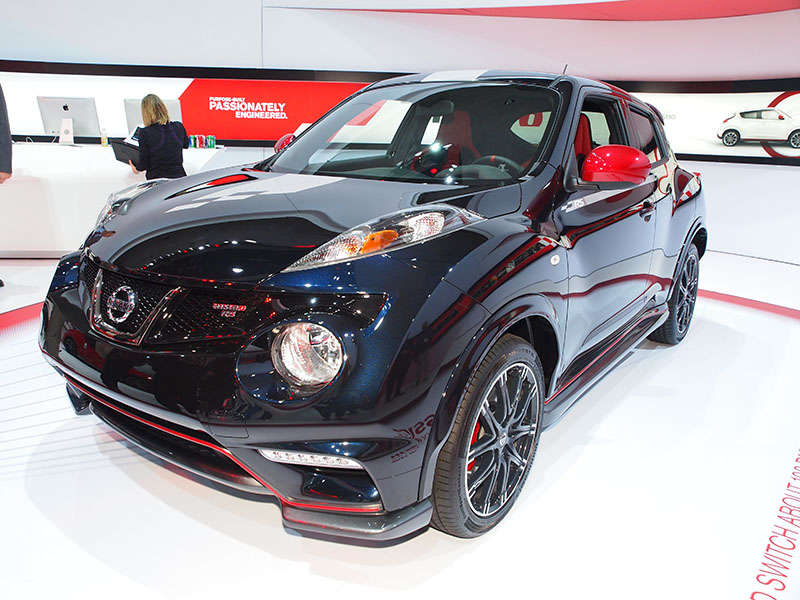Recent Articles
Popular Makes
Body Types
10 Future Collectible Cars
Relatively Common Now, They Could Command Big Premiums Tomorrow
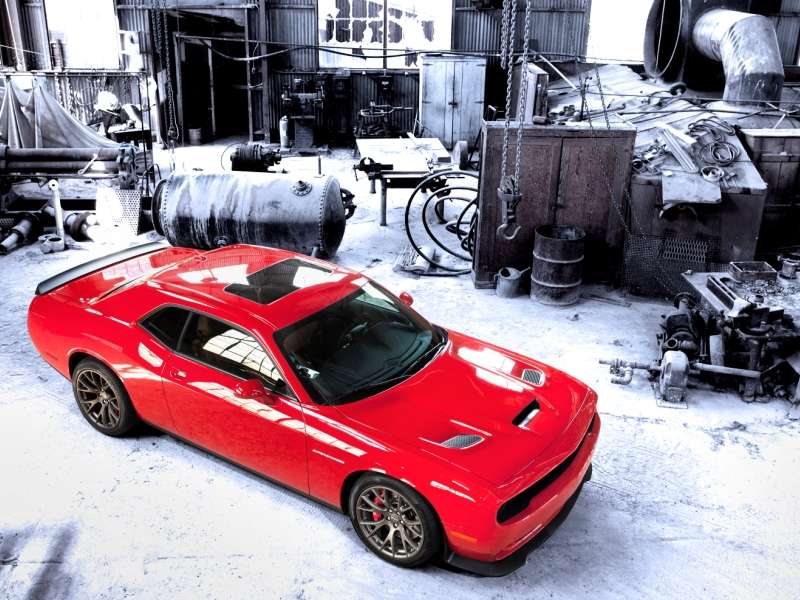
Okay, perhaps "common" isn't the right word for our 2014 list of future collectible cars, but the point here is that it would be easy to fill that kind of roster with choices like the Lamborghini Sesto Elemento, Porsche 918 Spyder or Ferrari LaFerrari. Except those aren't really future collectible cars—they're highly collectible right now. Naturally, they're also highly expensive, putting them out of reach of many folks who may otherwise want to get in on the car-collecting craze.
A more realistic solution? Search out recent/current choices that set themselves apart from the crowd but still offer relatively practical purchase prices and plenty of potential for collectibility
(Just remember: Autobytel's 2014 list of future collectible cars—presented in no particular order—is for entertainment purposes only and not meant to be actual financial advice for readers.)
10 Future Collectible Cars: 2013-2014 Ford Mustang Shelby GT500
Unsurprisingly, all three of the modern-day muscle coupes are on the roster of future collectible cars, with the most recent Shelby GT500 a prime example. It was introduced as the fastest, most powerful muscle car ever produced, thanks to a 662-hp, 5.8-liter V8 engine that could propel drivers up above the 200 mph barrier. That's about the same top end as the Sesto Elemento, but the limited-edition Lambo, for example, originally sold at about $2.4 million; the Shelby had a 2014 sticker price of just $55,100.
Yet the Shelby also brings an exceedingly passionate fan base to our list of future collectible cars, helping to provide built-in demand. Consider: A rare 1969 Shelby GT500 sold at auction this April for an impressive $280,000.
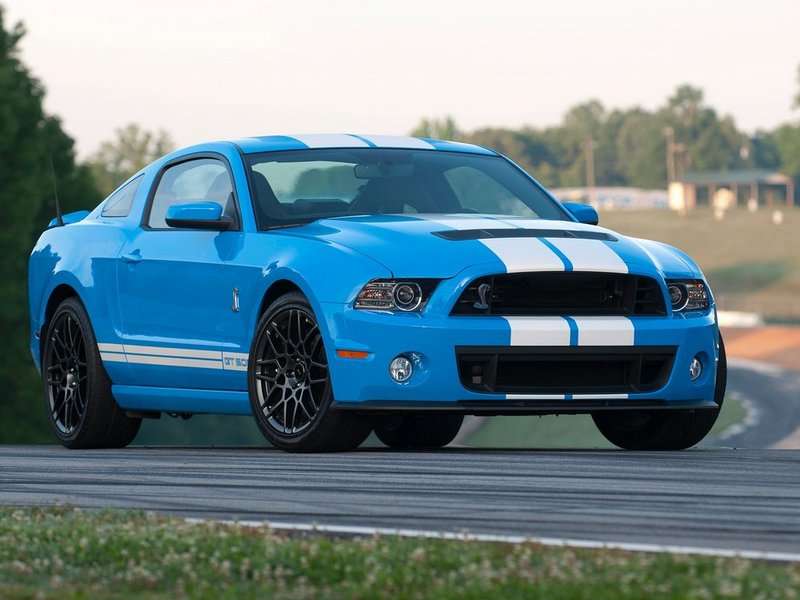
10 Future Collectible Cars: 2004-2005 Pontiac GTO
When first released in this country, the fourth-generation Pontiac GTO was lambasted for its unremarkable shape, underwhelming performance and down-under roots, all of which would seem to make it an unlikely candidate as one of our future collectible cars. But a time will come when more people focus on the "GTO" name on its badge than the fact that said badge is attached to a Holden Monaro, and that's when it will be able to ride the coattails of the more classic GTOs to respectability in the collector market.
Also helping its position on the honor roll of future collectible cars: While the new-style GTO debuted in the U.S. with a 5.7-liter V8 that made "just" 350 hp and 360 lb.-ft. of torque, it was replaced for 2005 with a 6.0-liter unit that upped the ante to 400 hp and 400 lb.-ft. of torque—and reduced the GTO's 0-60 time to below 5 seconds.
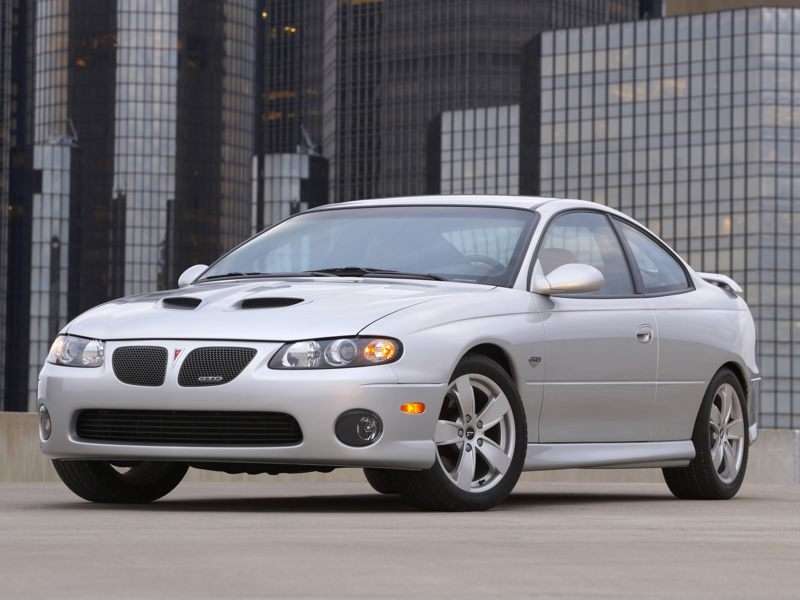
Photo by Pontiac
10 Future Collectible Cars: 1997-2003 Toyota Prius
The first-generation Toyota Prius may not be on everyone's list of future collectible cars, but it should be. With all apologies to the original Honda Insight, the Prius is viewed as the industry's hybrid pioneer and should build significant value on that basis alone. Then there's the fact that, with the car's new-for-it-time technology, keeping first-gen models on the road could be enough of a challenge to help limit the number of survivors. As a result, those early Prii could end up as future collectible cars in the same sort of way that steam-powered vehicles have.
Further, in one possible future for car collecting, people will start to look at EPA grades the way they look at traditional performance metrics, positioning the Prius as something of a turn-of-the-century supercar—thanks to an EPA line of 42 mpg city/41 mpg highway/41 mpg combined.
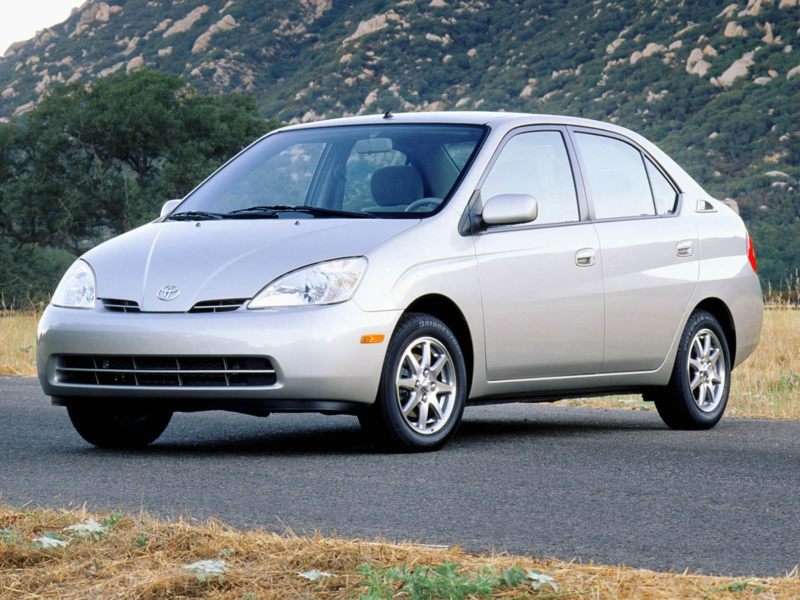
10 Future Collectible Cars: 1998-2006 Audi TT
The first-generation Audi TT wears some of the most striking sheet metal on our list of future collectible cars, but it's also just as important for its ongoing industry influence. After all, the original TT first launched the current (and ongoing) Audi renaissance, then it did the same for the career of superstar designer Peter Schreyer, who now serves as chief design officer for Hyundai/Kia.
True, the performance of the TT didn't quite live up to the promise of its dynamic good looks, since it sat on a platform designed for mainstream VW compacts of the time, yet that actually may bode well for its ability to remain on the road as one of Autobytel's favorite future collectible cars.
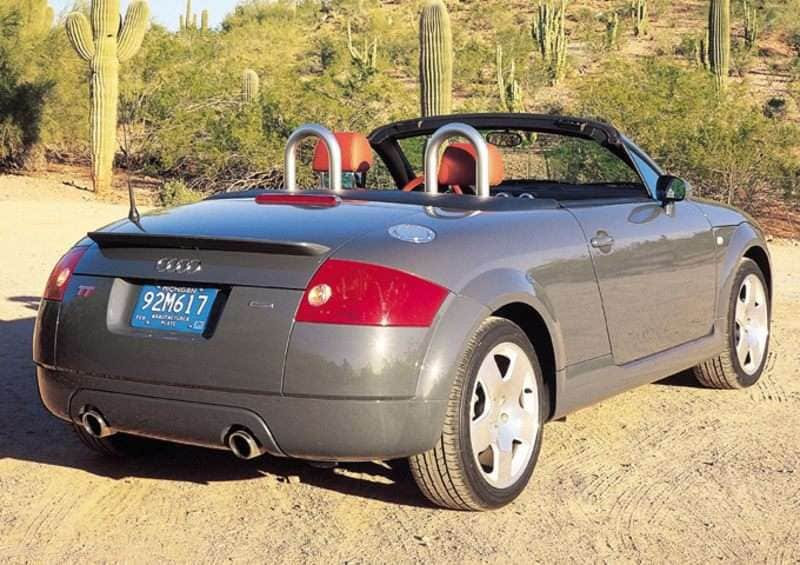
10 Future Collectible Cars: 2001-2005 HUMMER H1
Despite this country's ongoing love affair with SUVs the ne plus ultra of the segment remains the outrageous Hummer H1—making it an inevitable choice as one of our future collectible cars.
Now, even though the H1 has been out of production for less than a decade, folks may not remember just how crazy this entry was; so, here's a reminder: Essentially designed as a street-legal version of the military-spec High Mobility Multipurpose Wheeled Vehicle, the H1 weighed nearly 7,000 lbs. despite being about half a foot shorter in length than a typical mid-size sedan. That poundage then provided enough off-road hardware to (almost?) out-Rubicon a Jeep Wrangler, albeit while achieving epically poor fuel-economy marks.
The H1 was offered in an open-bed body-style as well, delivering two H1 configurations for the list of future collectible cars.

10 Future Collectible Cars: 2015 Dodge Challenger SRT Hellcat
If the latest Mustang Shelby GT500 deserves a place among future collectible cars based on its incredible performance, the new Dodge Challenger SRT Hellcat has to be there, too. After all, the Hellcat serves up even more power than the Blue Oval's road-burner, with the Dodge's supercharged 6.2-liter HEMI capable of unleashing 707 hp and 650 lb.-ft. of torque. True, the brand has not yet released on-the-road performance numbers for the vehicle, but no other mass-produced muscle car has ever offered higher outputs.
It's further worth remembering that the 2015 Challenger lineup has been refreshed a bit for the new model year, complete with an available shaker hood and style cues drawn from the 1971 edition. With the current Challenger platform reaching the end of its life-cycle, a relatively short production run for the 2015 body style would goose interest in the Hellcat as one of the rarer of the future collectible cars.
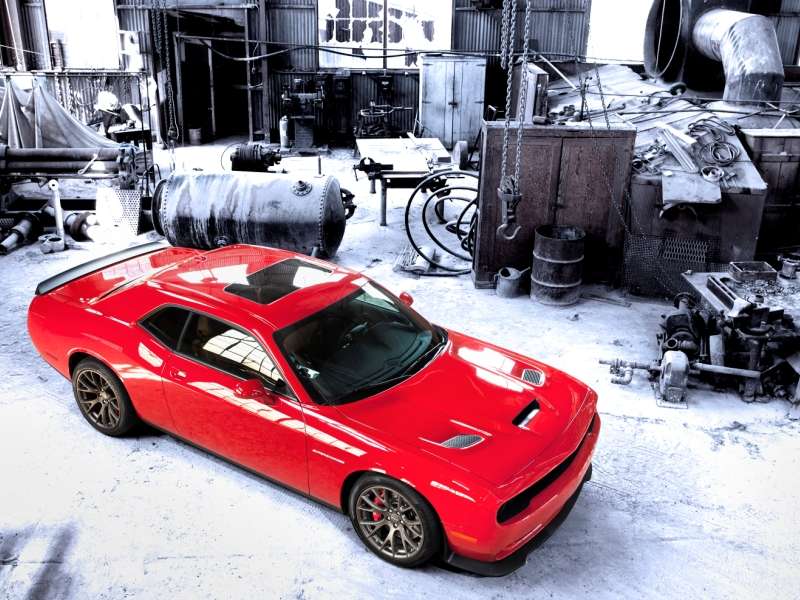
10 Future Collectible Cars: 2010 Chevy Camaro
As things currently shake out, the 2015 Chevy Camaro trails the Mustang and Challenger with a top horsepower rating of a mere 580 (in the Camaro ZL1). But the 2010 version still makes the roster of future collectible cars for its historic significance. Remember, the Camaro only returned to the marketplace about five years ago, following a seven-year production halt that many thought would be permanent. Indeed, a strong argument can be made that the 2010 Camaro was the entry that reignited the current muscle-car mania by providing more credible competition to the Ford Mustang. The Camaro also is similar to the Mustang in that it attracts a very wide and loyal following that, in turn, should keep interest high and enable the 2010 model to secure a place as one of our top-10 future collectible cars.
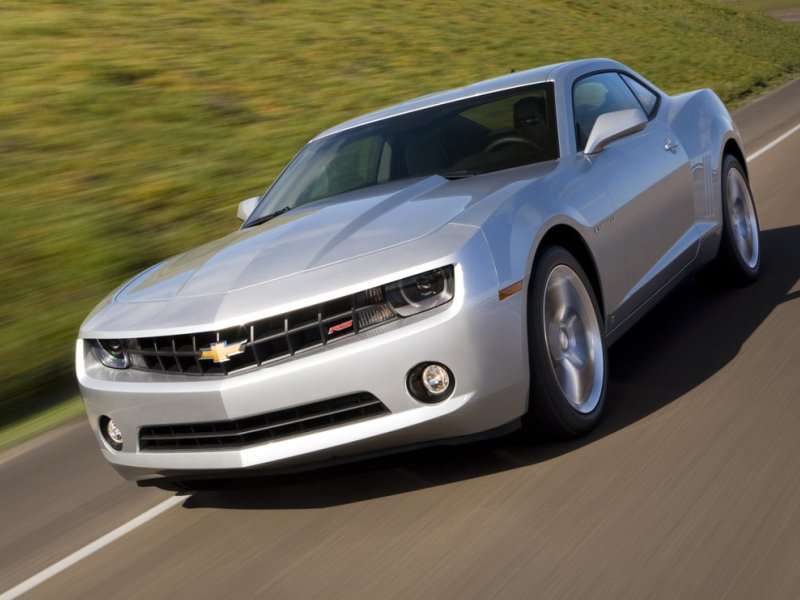
10 Future Collectible Cars: Honda Ridgeline
Don't laugh: Import pickups definitely have their fans, and the Honda Ridgeline's unique characteristics make it particularly relevant for consideration as one of Autobytel's future collectible cars.
That's because collectors often have a weakness for "oddball" choices, and the Ridgeline is plenty odd for a pickup. As a case in point, it relies on unibody construction that delivers, in theory, a more refined, car-like driving experience. Additionally, the Ridgeline would be the only one of the future collectible cars with a "hidden" trunk located beneath its pickup bed. Courtesy of Honda's traditional quality, Ridgeline models also should survive long enough for a spot on the future collectible cars roster.
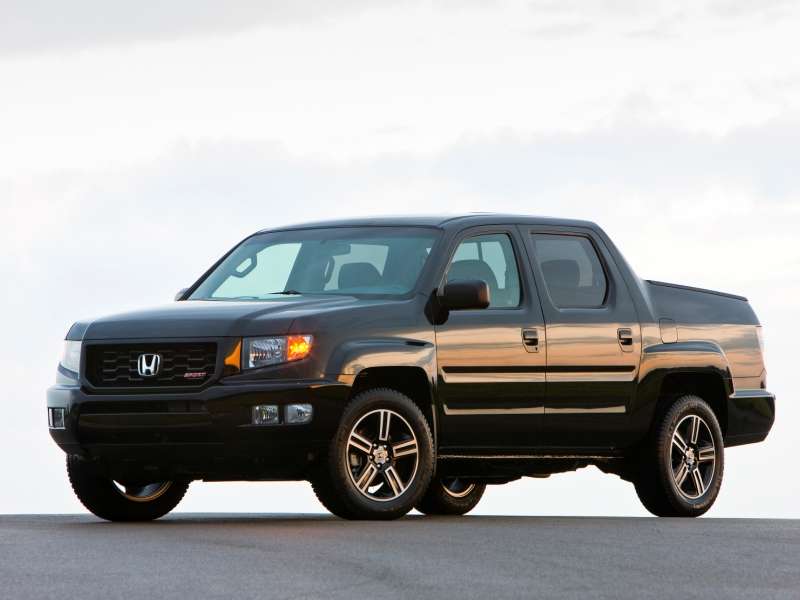
10 Future Collectible Cars: Tesla Model S
Given the current industry environment, leaving an EV off the list of future collectible cars would be a big-time shock—much like the shock to the market provided by the Tesla Model S. It's not the first modern-day EV, of course, and the Nissan Leaf also would be a nice choice here, but the Model S raised ye olde bar for EV-customer expectations dramatically. So, even though it would be one of the most expensive alternatives among the future collectible cars here, the Model S certainly serves up enough standard innovation features to be worth that cost, with the further bonus of a 265-mile all-electric driving range and true sport-sedan-style performance.
And the cult of personality around Tesla CEO Elon Musk won't hurt its popularity either.
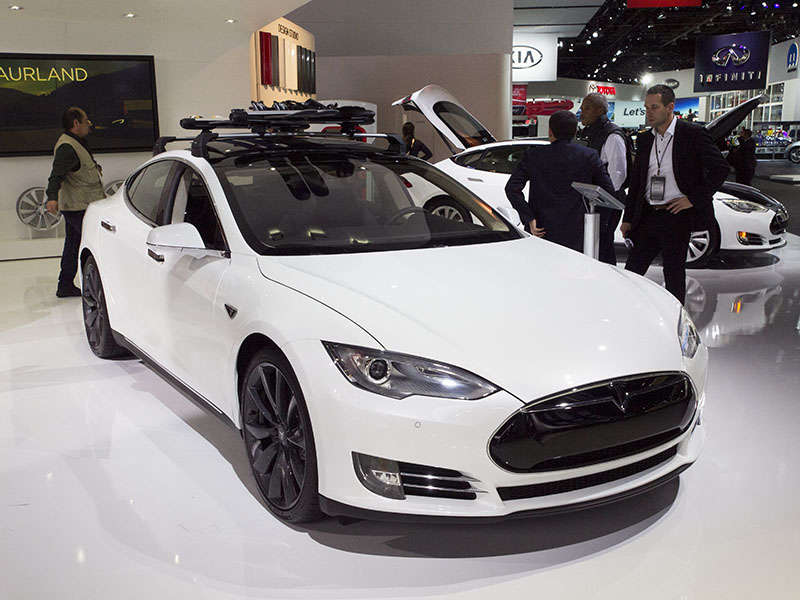
10 Future Collectible Cars: Nissan Juke Nismo/Nismo RS
In terms of the checklist for future collectible cars, the range-topping Jukes hit just about all of the boxes: Oddball design cues? Check. Niche-volume high-performance models? Check. Customer-friendly crossover body style? Check. Relatively affordable MSRP? Check.
More specifically, the Juke Nismo RS gets a full-on power-up from Nissan's performance division, with the end product starting at $26,120 and showcasing a turbocharged, direct-injected 1.6-liter engine that squeezes 215 hp and 210 lb.-ft. of torque from its four cylinders. Throw in a brake-upgrade package, available torque-vectoring all-wheel drive and retuned suspension and steering setups, and it's easy to see why the Juke stands a great chance of being one of the most likely future collectible cars.
